Content marketing is essential for businesses aiming to attract and retain customers in the digital landscape. A well-defined content strategy can help you achieve your marketing goals by creating valuable and relevant content. Here’s how to create an effective content marketing strategy for 2025:
1. Define Your Goals and Objectives
- What do you want to achieve with your content? Common goals include increased brand awareness, lead generation, and improved customer engagement.
- Specific goals should be measurable, achievable, relevant, and time-bound (SMART). For instance, “Increase website traffic by 20% in six months” is a SMART goal.
- Align your content goals with your overall business objectives.
2. Understand Your Target Audience
- Who are you creating content for? Develop detailed buyer personas to represent your ideal customers. Consider their demographics, needs, pain points, and online behaviour.
- Use audience research to understand their preferences and where they spend their time online.
- Tailor your content to address their specific interests and challenges.
3. Conduct a Content Audit
- If you already have content, conduct an audit to see what’s working and what’s not.
- Identify your best-performing content and understand what makes it successful.
- Determine gaps in your content library and areas where you need improvement.
4. Choose Your Content Formats
- There are various content formats to choose from, each with its own strengths.
- Blog posts are great for sharing in-depth information and improving SEO.
- Videos are engaging and can capture attention quickly.
- Infographics present data in a visually appealing way.
- Podcasts allow you to engage with your audience through audio content.
- Social media posts help build brand presence and encourage engagement.
- Case studies demonstrate your expertise and build trust.
- White papers provide in-depth information on a specific subject.
- Choose formats that align with your audience preferences and the nature of your content.
- Use a mix of different content formats to keep your audience engaged.
5. Develop a Content Calendar
- Plan your content in advance with a content calendar to ensure consistency.
- Schedule content around themes, product launches, and holidays.
- Use tools like Buffer to plan and schedule social media content.
- A content calendar should outline topics, keywords, formats, and publication dates.
6. Create High-Quality Content
- Focus on quality over quantity. It’s better to publish a few well-researched, engaging pieces of content than many mediocre ones.
- Make sure your content is relevant, valuable, and original.
- Optimize your content for search engines by using relevant keywords, headings, and meta descriptions.
- Ensure your content is well-written, easy to read, and visually appealing.
- Prioritize creating people-first content that provides a valuable experience for your audience.
7. Promote Your Content
- Don’t just publish your content and hope people will find it. Develop a content promotion strategy to get your content in front of your target audience.
- Share content on social media platforms, send it through email newsletters and reach out to influencers in your niche.
- Paid advertising can help extend the reach of your content and target specific audiences.
- Engage in link building to improve your content’s search engine ranking.
8. Analyze and Measure Results
- Use data and analytics tools to track the performance of your content.
- Google Analytics 4 (GA4) is a valuable tool for understanding traffic and user behaviour.
- Track key metrics such as website traffic, bounce rate, time on page, social media engagement, and lead generation.
- Use this data to refine your content strategy and optimize your future efforts.
9. Adapt to Trends and Changes
- Content marketing is always evolving so it is crucial to stay updated on the latest changes.
- Follow industry blogs and attend webinars to learn about new content trends.
- Be willing to experiment with new formats and platforms.
- Adapt your content strategy based on what your audience responds to and what is effective.
10. Focus on Authenticity and Transparency
- Consumers are increasingly looking for authenticity in brand messaging.
- Be transparent about your practices and values. Build trust with your audience by being authentic in your content.
- Share behind-the-scenes content to show the human side of your brand.
Conclusion
Creating a successful content marketing strategy in 2025 requires a clear understanding of your goals, target audience, and content landscape. By following these steps and continually adapting to changes, you can create content that engages your audience, drives traffic, and generates results.
Need Help Growing Your Business Online?
At Popupster, we specialise in creating tailored digital marketing strategies that deliver results. Whether it’s social media marketing, content creation, or designing impactful campaigns, we’re here to help you achieve your goals. 🚀
💌 Let’s talk about how we can take your brand to the next level. Contact us today at jd@popupster.in!




 by
by